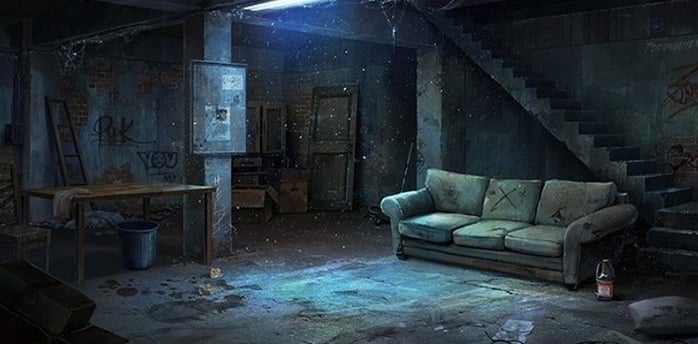White Mold and Black Mold - The Difference
Black mold is notorious for its dark hue and considered one of the most toxic mold types. However, it's essential to recognize that all indoor molds, including white mold, pose health risks and warrant prompt removal from the premises.
WATER FIRE MOLD RESTORATIONMOLD PREVENTIONMOLD DAMAGEMOLD TYPES
Central Home Service
3/1/20242 min read


Molds are a type of fungi that can thrive in both outdoor and indoor environments. When it comes to indoor molds, there are various species that can be found, including Aspergillus, Alternaria, Cladosporium, Penicillium, and Stachybotrys chartarum, commonly known as "black mold". While indoor molds can come in different colors such as white, white-green, gray-green, green, and shades of brown, black mold is particularly known for its dark hue and is often considered one of the most toxic mold types. However, it is important to understand that all indoor molds, including white mold, can pose health risks and should be promptly removed from the premises. White mold, as the name suggests, is characterized by its white color. It can appear as a powdery substance or as a fuzzy growth on various surfaces, including walls, ceilings, and even furniture. Like black mold, white mold releases spores into the air, which can be inhaled and cause health issues, especially for individuals with respiratory conditions or weakened immune systems. Common symptoms associated with mold exposure include coughing, wheezing, nasal congestion, throat irritation, and skin rashes. Black mold, on the other hand, is known for its dark greenish-black color. It typically thrives in damp and humid environments, such as areas affected by water damage or excessive moisture. Black mold can produce mycotoxins, which are toxic substances that can cause severe health problems when inhaled or ingested. Prolonged exposure to black mold can lead to respiratory issues, allergic reactions, and even neurological symptoms in some cases. While both white mold and black mold can be harmful, it is important to note that the severity of their health effects can vary depending on the individual and the extent of exposure. Some people may be more sensitive to mold than others, and those with pre-existing respiratory conditions or weakened immune systems may be at a higher risk of experiencing severe symptoms. When it comes to mold remediation, it is crucial to address the issue promptly and effectively. This involves identifying the source of moisture that is promoting mold growth, fixing any leaks or water damage, and removing the mold-infested materials. In some cases, professional mold remediation services may be necessary to ensure thorough and safe removal. In conclusion, both white mold and black mold can pose health risks and should be treated seriously. While black mold is often associated with more severe health effects, it is important to remember that all molds, regardless of color, can cause respiratory issues and other health problems. If you suspect mold growth in your home or workplace, it is recommended to consult a professional for proper assessment and remediation.


Get The Help You Need!
Don't ignore the signs of basement damage. By recognizing the subtle indicators early on and taking proactive measures, you can safeguard your home and avoid costly repairs in the future.
If you notice any signs of basement damage, it is important to consult with a professional restoration company. Central Home Service restoration contractors have the expertise and experience to assess the extent of the damage and provide effective solutions to protect your home. Call 833-519-1339 or fill out the contact form below.




